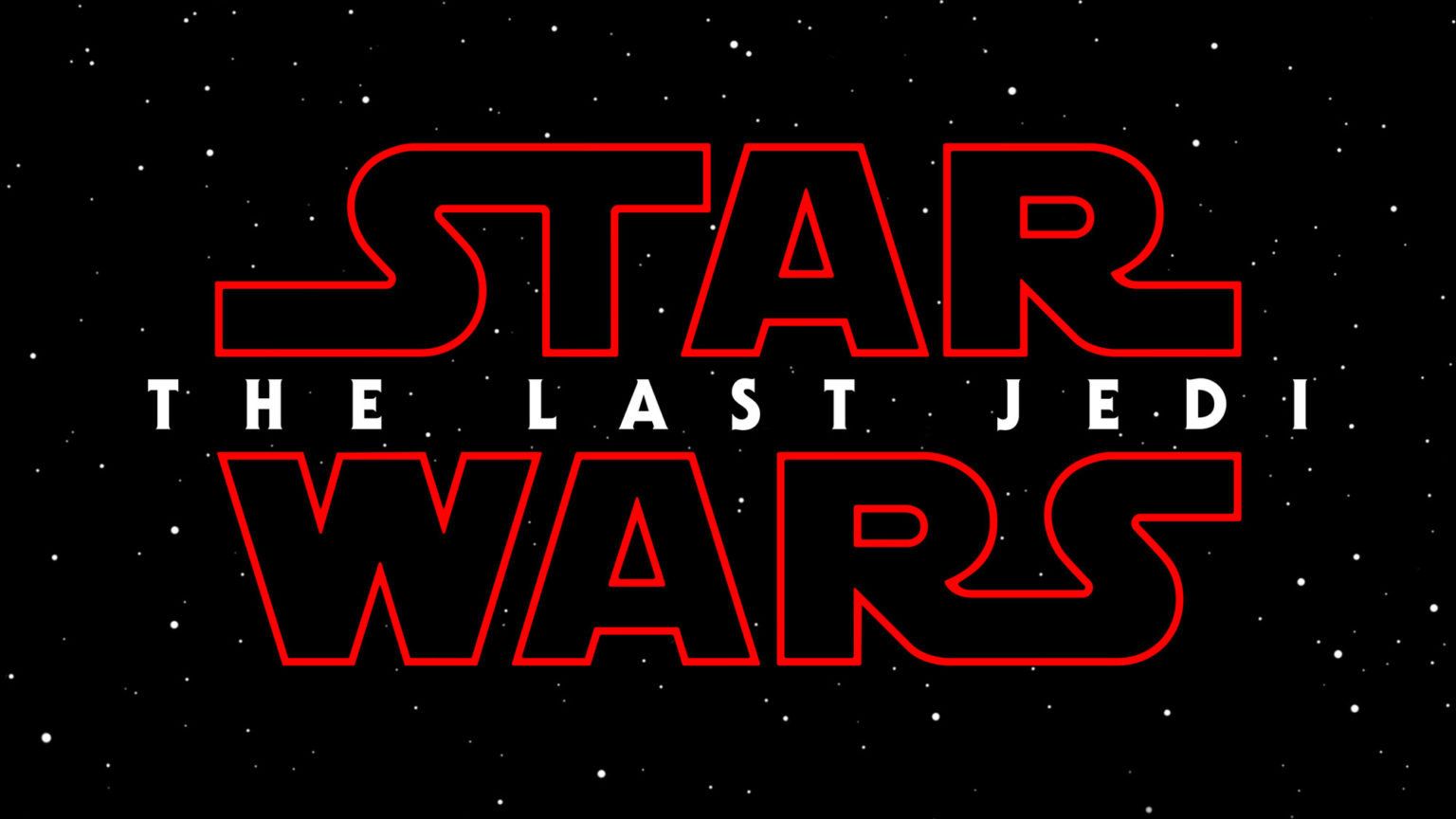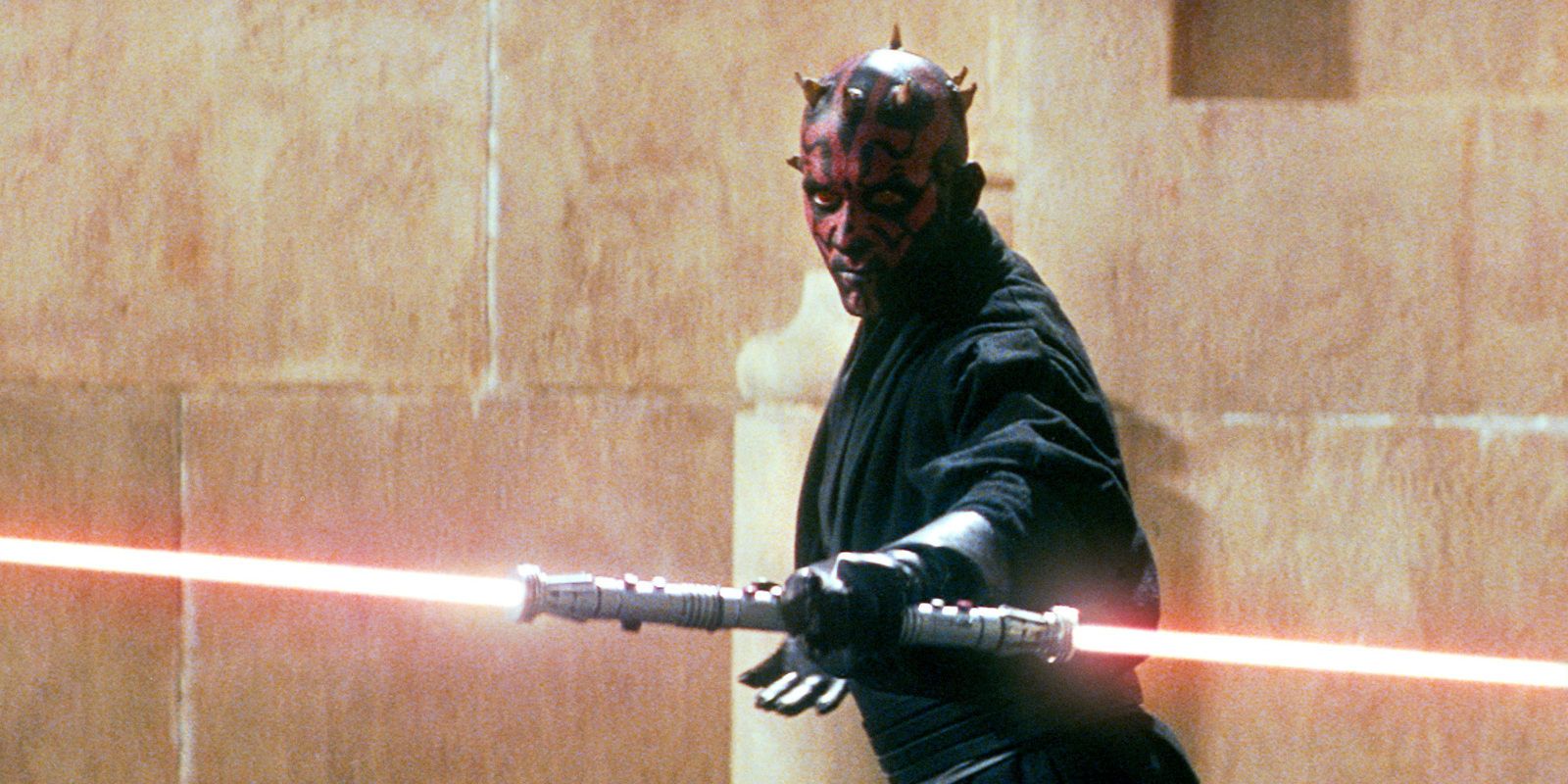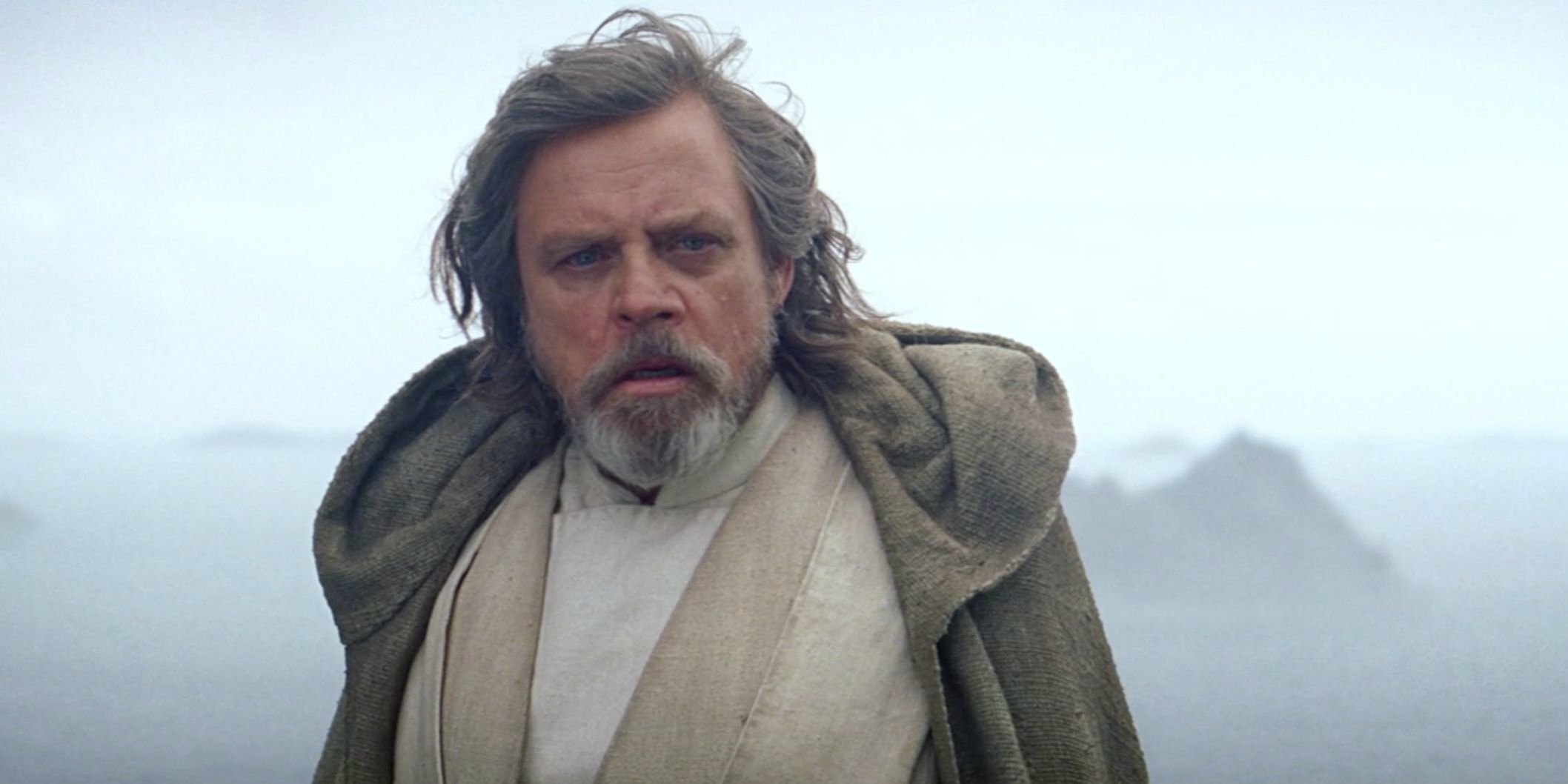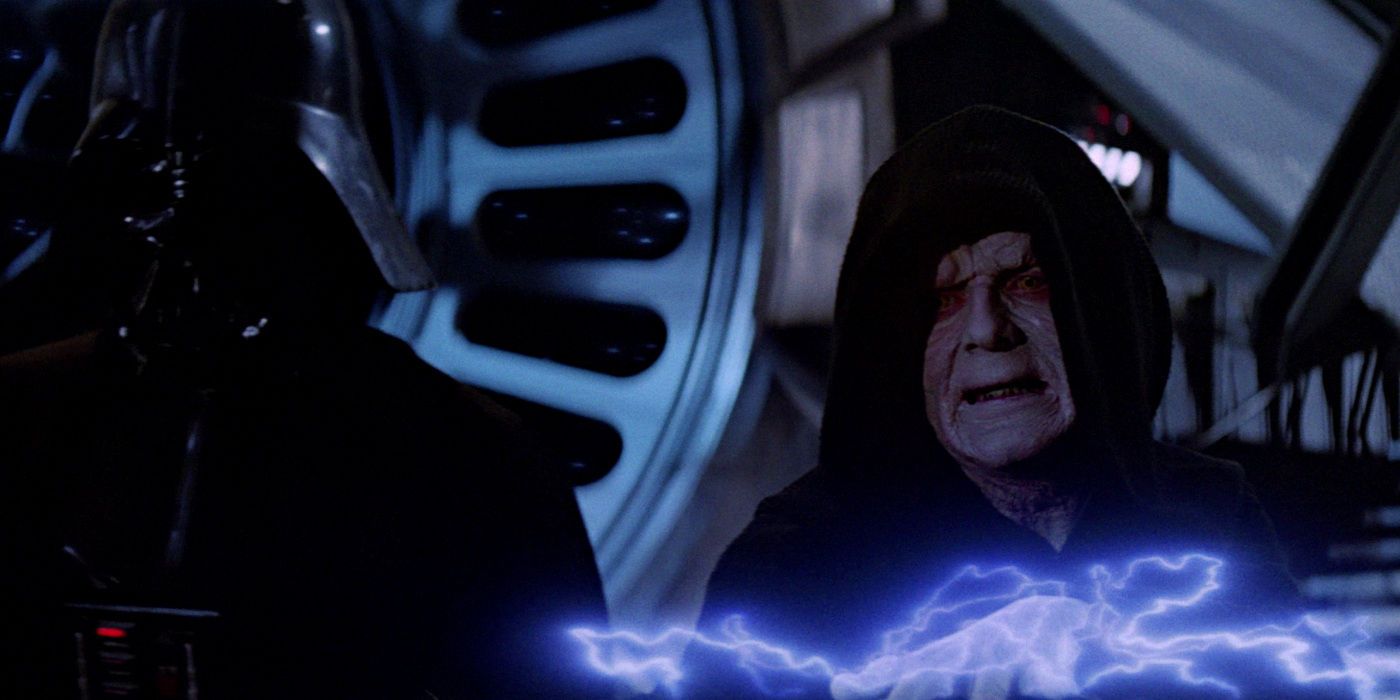At this (admittedly still-early) point in the juncture, there is little doubt that The Walt Disney Company has managed to nail its rejuvenation of the Star Wars uber-franchise, despite some persistent doubts from some quarters (myself included!) following the initial sale all the way back in October 2012. After all, Episode VII was a safe-but-successful extension of the original trilogy’s characters and storylines; Rogue One: A Star Wars Story was the perfect handling of the new “anthology” spinoff films; the grand rebirth of the Expanded Universe was much-needed and has been very much spot-on, and, finally, the hiring of Rian Johnson as the director of Episode VIII and the casting for the still-untitled Young Han Solo spinoff were strokes of indie genius.
But if there’s one area where this new Lucasfilm under its new corporate parent has dropped the ball, it’s in the titles for the sequel movies: both The Force Awakens and The Last Jedi are the wrong choices, especially considering what all their predecessors stretching all the way back four decades were named.
Okay, fine – let’s get all the caveats out of the way first. Yes, titles are, in the grand scheme of things, the least important aspect of a film production; as long as the writing, acting, scoring, and marketing are sure-footed, then its exact name is rather trivial, especially in a pre-established series such as Star Wars. And, furthermore, if this is the worst that Disney has managed to do with the property in the past four years, then there really isn’t that much to actually complain about, all things considered.
Still, titles are symbolic and therefore are still important; they establish a mood and the film’s character which is something that is not to be overlooked. And in the specific case of Star Wars, which creator George Lucas constructed to be so exactly specific to a particular cinematic time and identity, any small misstep can work to undermine the saga’s overarching unique voice.
So, with that out of the way, let’s get narratively nitpicky and talk about why The Last Jedi is a step too far, shall we?
It's Prose, Not Poetry
A New Hope. Attack of the Clones. The Empire Strikes Back. The Phantom Menace.
Each of the six previous Star Wars films – well, with two possible exceptions, which we’ll get to shortly – are crafted using the language of 1930s and '40s serials, lifting words directly from the names of such productions as Flash Gordon and Buck Rogers (such as the latter’s “The Phantom Plane”). As already noted, these ham-fisted monikers are meant to be evocative of this particular time period, setting the stage for the movies’ anachronistic playbook – everything from their very premises to their dialogue would function off of the serial template (hence why each installment is called an “episode” as opposed to a “chapter” or “part”).
But such unusual-sounding appellations were also designed to simultaneously contain a certain poetry within them, to establish a certain elegance, even if it’s the linguistic equivalent of four-color production as opposed to today’s full digital spectrum. Even the two most straightforward titles, Return of the Jedi and Revenge of the Sith, still have a certain exoticness about them - a whiff of the melodramatic. They’re simultaneously descriptive and evocative, particularly given the context that their forbears established.
What the new Lucasfilm has offered us, unfortunately, is the exact opposite. Gone are any phantoms or striking back; replacing them are The Force Awakens and The Last Jedi, two short, simple descriptions that have everything to do with fan-service and nothing to do with the originating period or style. Even Attack of the Clones, the worst name of them all, is cheesy fun in a ‘50s B-movie kinda way, serving both cinematic masters.
Eighteen years ago, when fans were excitedly discussing and debating what Episode I’s subtitle was going to be, a common – and popular – candidate was Balance of the Force. During Lucas’s reign, that type of on-the-nose callback was reserved for rushed video games or tie-in novels, not the majesty of a Star Wars film; today, after the transition from the figurative to the literal, it would fit perfectly in. Even Rogue One, after all, is a type of explanation: the name of an in-story group instead of an illustrative, atmospheric headline.
The Force Awakens was Disney’s one gimme - an exception to the rule. The Last Jedi, however, makes this the new standard – one that doesn’t completely gel with its six originators.
Then again: Taken individually, both The Force Awakens and The Last Jedi have a certain, if minimal, beauty to them, with the former being halfway evocative (“awakening” can mean so many different things, especially to different people) and the latter being a sad, lonely title – like the melancholic song “The Last of the Giants” in A Song of Ice and Fire/Game of Thrones.
It Breaks The "Echoing" Pattern
The first installment of the first two trilogies is an item, equally metaphorical and literal, that is creeping unto the interstellar scene in order to upend the ages-old state of affairs: the “phantom menace” is the Sith, both current (Palpatine) and future (Anakin Skywalker), who will destroy the Old Republic and transform it into the Galactic Empire; the “new hope” is Luke Skywalker and the destruction of the Death Star that grants the galaxy a second shot at freedom and independence.
It’s the same for the second chapters, with the dominant galactic power seeking to take action against the newly-arrived insurgents. The Republic’s clones attack their droid rivals, continuing the franchise’s associations of the biological with the light side of the Force and the technological with the dark (though, in a cool twist, Lucas would ultimately upend this thematic framework); the Empire strikes back against the Rebel scum, hoping to swat them down once and for all, before the second Death Star could be completed and the Sith Lords’ fascistic rule cemented.
Finally, this “echoing” that Star Wars has become so famous for extends to the two trilogies’ concluding episodes, with the Sith finally attaining their revenge against the Jedi, and the Jedi returning at long last to reclaim galactic stewardship for themselves (or, at least, so we thought, before the sequel trilogy arrived and did a little upending of its own).
Needless to say, there’s no paralleling between The Force Awakens with its antecedents and The Last Jedi with its corresponding middle films. Rather, the Force awakening seems to fit better with Revenge of the Sith or Return of the Jedi, while a story about the last Jedi (is that singular or plural?) would be a moral natural complement to phantom menaces or new hopes – at least, linguistically speaking.
Then again: Should one really try to make it work, there is a case to be made that The Force Awakens fits the pattern of the traditional Star Wars trilogy opener: something, both literal and figurative, is stirring and will soon change the balance of the galaxy’s composition. And it very well could be that the last Jedi will rise up and strike back against The First Order, generally, and the Knights of Ren, specifically, just as both the Republic and the Empire did previously.
Yes, it’s a stretch, but it might be enough for the diehard fans – who are, ironically, the only ones to care about this in the first place.
There’s No Balance
Now for the really obsessive-compulsive part.
The Empire Strikes Back and The Phantom Menace both share a similar semantic composition, as do Return of the Jedi, Attack of the Clones, and Revenge of the Sith (in fact, the latter ended up comprising half of all Star Wars films, which was actually not the most ideal scenario – but considering how superficial such a stat is, it wasn’t the most pressing of concerns, either). This left A New Hope as the sole “A ___ ___” template, but there’s something to be said for uniqueness, right? Back during Episode III’s development, it was rumored that its subtitle would’ve been A Shadow Falls, perfectly balancing each of the title constructions and beautifully providing a transition into A New Hope and the original films. It’s a shame this didn’t end up happening, but, then again, Revenge of the Sith is probably the most fitting of all possible monikers.
This consideration is the one way that the announcement of The Force Awakens worked to the benefit of the saga’s overall naming conventions: it made “The ___ ___” construction equal with “___ of the ___,” thereby erecting its own sort of balance.
But it is this consideration that undermines Episode VIII’s title the most actively. “The ___ ___” now accounts for four of the nine films – nearly half. That destroys any kind of equilibrium, and it will really serve to drive a nail in the lid of the OCD coffin if Episode IX follows the same exact parameter.
Then again: In the grand galactic scheme of things, who really cares?




